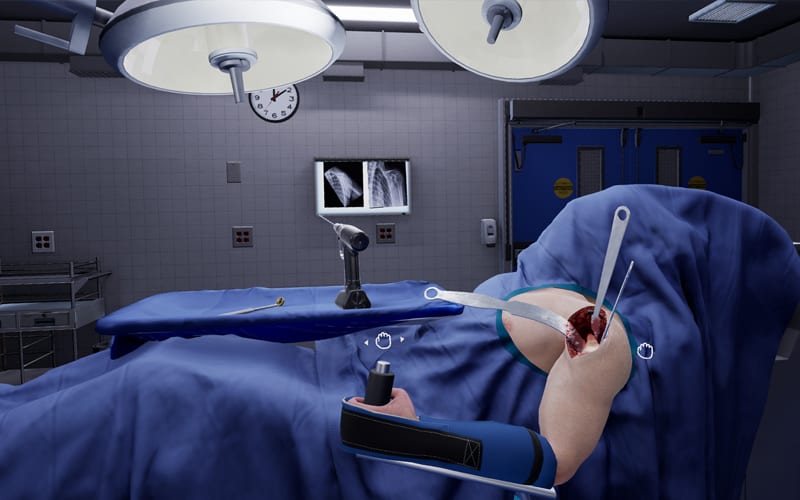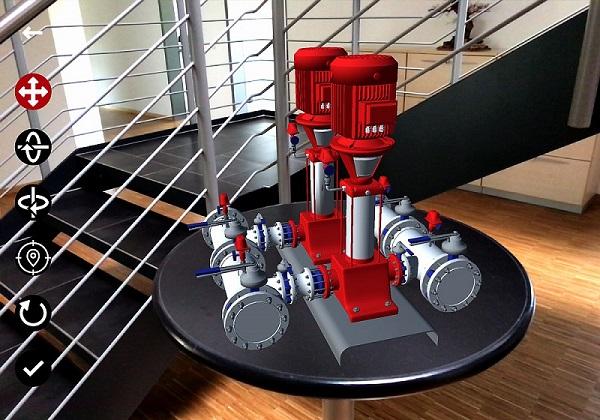The metaverse – a persistent, shared, 3D virtual world (or worlds) – is rapidly becoming a reality. Whether it’s through virtual reality (VR) headsets, augmented reality (AR) glasses, or even just interacting with 3D environments on a computer screen, immersive technologies are changing how we learn, play, and connect. There is a lot of potential for the education sector. But alongside the exciting possibilities, there are serious privacy concerns. This article will explain what a key international standard, ISO 27701, means for protecting students (and your own) privacy in this new digital frontier.
Think of it Like This: Privacy Rules for a Digital School
Imagine your school building. You have rules about who can enter, where they can go, what information they can access (like student records), and how they can use that information. ISO 27701 is like a set of really detailed rules and guidelines for protecting information in the digital world, including the metaverse. It’s not a law itself, but it’s a globally recognized „best practice“ that helps companies (and schools) comply with privacy laws like Europe’s GDPR or California’s CCPA.
Why is Privacy So Important in the Metaverse?
The metaverse, and the AR/VR technologies that power it, collect a lot more personal information than a regular website or app. Think about it:
- Your Body is Data: VR headsets track your head movements, eye movements, and even hand gestures. Some devices might even measure your heart rate or other physical responses. This is incredibly sensitive data, revealing your interests, emotions, and even potential health conditions.
- Your Surroundings are Data: AR glasses and some VR systems scan your physical environment – your classroom, your home, even the faces of people around you.
- Your Actions are Data: Everything you do in the metaverse – where you go, what you interact with, who you talk to – creates a detailed record of your preferences, habits, and social connections.
This data, if misused, could be used to:
- Target you with manipulative advertising: Imagine ads that change based on your emotional reactions, tracked by your eyes.
- Discriminate against you: Data about your learning style or physical abilities could be used to limit your opportunities.
- Invade your privacy: A detailed scan of your home or classroom could reveal private information.
- Create a profile about you: Even anonymized data can be combined with information from other sources to deanonymize users.
The Potential Immersive Technology in Education
Immersive technologies like AR and VR hold tremendous promise for transforming education:
- Experiential Learning: Students can experience things firsthand that would be impossible or impractical in the real world. They can dissect a virtual frog without harming a real one, travel to ancient Rome, or explore the inside of a human cell.
- Increased Engagement: Immersive experiences can be incredibly engaging, capturing students‘ attention and making learning more fun.
- Personalized Learning: VR and AR can adapt to individual student needs, providing customized learning paths and support.
- Accessibility: Immersive technologies can provide new learning opportunities for students with disabilities. For example, a student with mobility impairments could explore a virtual museum.
- Skill Development: VR can be used to simulate real-world scenarios, allowing students to practice skills in a safe and controlled environment. This is particularly useful for vocational training, like learning to operate machinery or perform medical procedures.
- Collaboration: Students can collaborate on projects and learn together in shared virtual spaces, even if they are physically located in different places.
What Does ISO 27701 Do?
ISO 27701 provides a framework – a structured way of thinking and acting – to help organizations protect personal information. It’s built on top of another standard, ISO 27001, which focuses on information security. Think of 27001 as the „locks and security cameras“ for data, and 27701 as the „privacy rules and policies“ that go along with them.
Here’s what ISO 27701 emphasizes, in plain language:
- Know Your Responsibilities: Companies using the metaverse have to understand their role in protecting data. Are they the „owners“ of the data (controllers), or are they just processing it for someone else (processors)? They also need to know the privacy laws that apply to them.
- Figure Out the Risks: Before collecting any data, companies need to carefully assess the privacy risks. What could go wrong? How could the data be misused? How likely is a data breach?
- Collect Only What You Need: This is called „data minimization.“ Don’t collect tons of data „just in case.“ Only collect the information absolutely necessary for the specific purpose. For example, a virtual science lab might need to track hand movements to allow students to manipulate virtual objects, but it probably doesn’t need to record their heart rate.
- Be Upfront and Honest: Companies need to be completely transparent about what data they collect, how they use it, and who they share it with. This information needs to be easy to understand, even for kids (with age-appropriate explanations). Imagine a clear, simple explanation inside the VR experience, not just buried in a long legal document.
- Give People Control: Users (including students and teachers) should have control over their data. They should be able to:See what data has been collected about them.Correct inaccurate information.Delete their data (in most cases).Say „no“ to certain types of data collection.
- Get Real Consent: Before collecting sensitive data, companies need to get real consent. This means the person (or their parent/guardian, for younger students) understands what they’re agreeing to and can freely say „yes“ or „no.“ A quick pop-up that you click through without reading doesn’t count as real consent.
- Keep Data Safe: Strong security measures are essential. This includes encryption (making data unreadable to unauthorized people), access controls (limiting who can see the data), and plans for dealing with data breaches.
- Think Privacy First: Privacy shouldn’t be an afterthought. It should be built into the design of the metaverse platform and the AR/VR technology itself. This is called „privacy by design.“
- Work with Others Responsibly: If a metaverse platform shares data with other companies (like app developers), there needs to be a clear agreement about how that data will be protected.
- Keep Getting Better: Privacy isn’t a one-time fix. Companies need to constantly review and improve their privacy practices.
What Does This Mean for Teachers and Schools?
- Ask Questions: Before using any metaverse platform or AR/VR technology in your classroom, ask the provider about their privacy practices. Do they comply with relevant privacy laws? Do they follow best practices like those outlined in ISO 27701?
- Read Privacy Policies: Yes, they’re long and boring, but they’re important. Look for clear explanations of what data is collected, how it’s used, and how it’s protected. Pay special attention to sections about biometric data, location data, and data sharing.
- Advocate for Students: Be a voice for student privacy. Talk to your school administration, your school board, and even the companies making these technologies.
- Educate Students: Teach students about digital privacy and how to protect themselves online. This is a crucial life skill in the 21st century.
- Consider Alternatives: If a platform or technology has questionable privacy practices, look for alternatives. There may be other options that are more privacy-protective.
The Bottom Line:
The metaverse and immersive technologies offer incredible educational opportunities, but they also pose significant privacy risks. ISO 27701 provides a valuable framework for addressing those risks. By understanding the basic principles of this standard, teachers can make informed decisions about using these technologies in the classroom and advocate for the privacy rights of their students. It’s about creating a safe and trustworthy digital learning environment, just like we strive to create a safe and trustworthy physical classroom.
Quelle:




